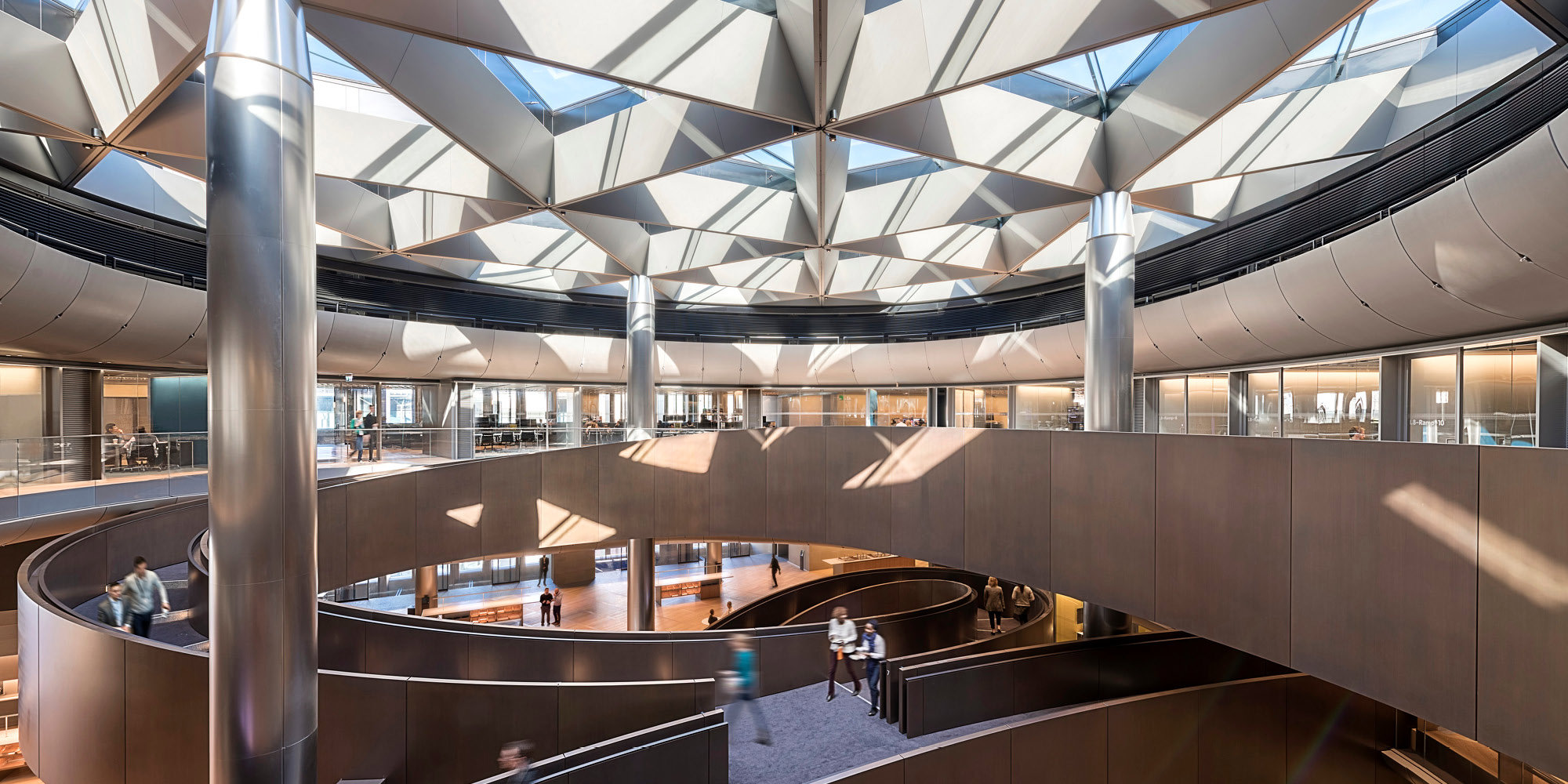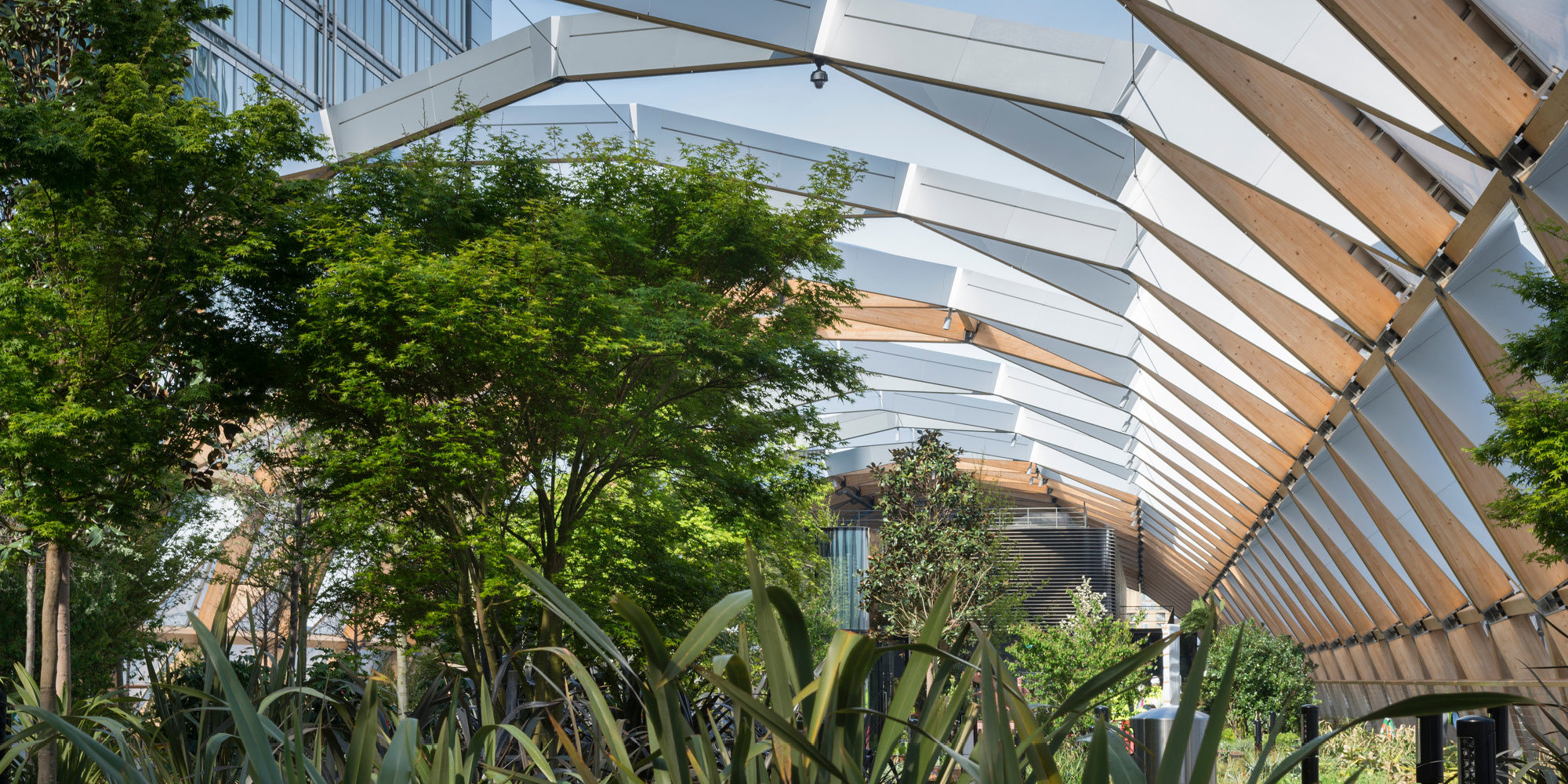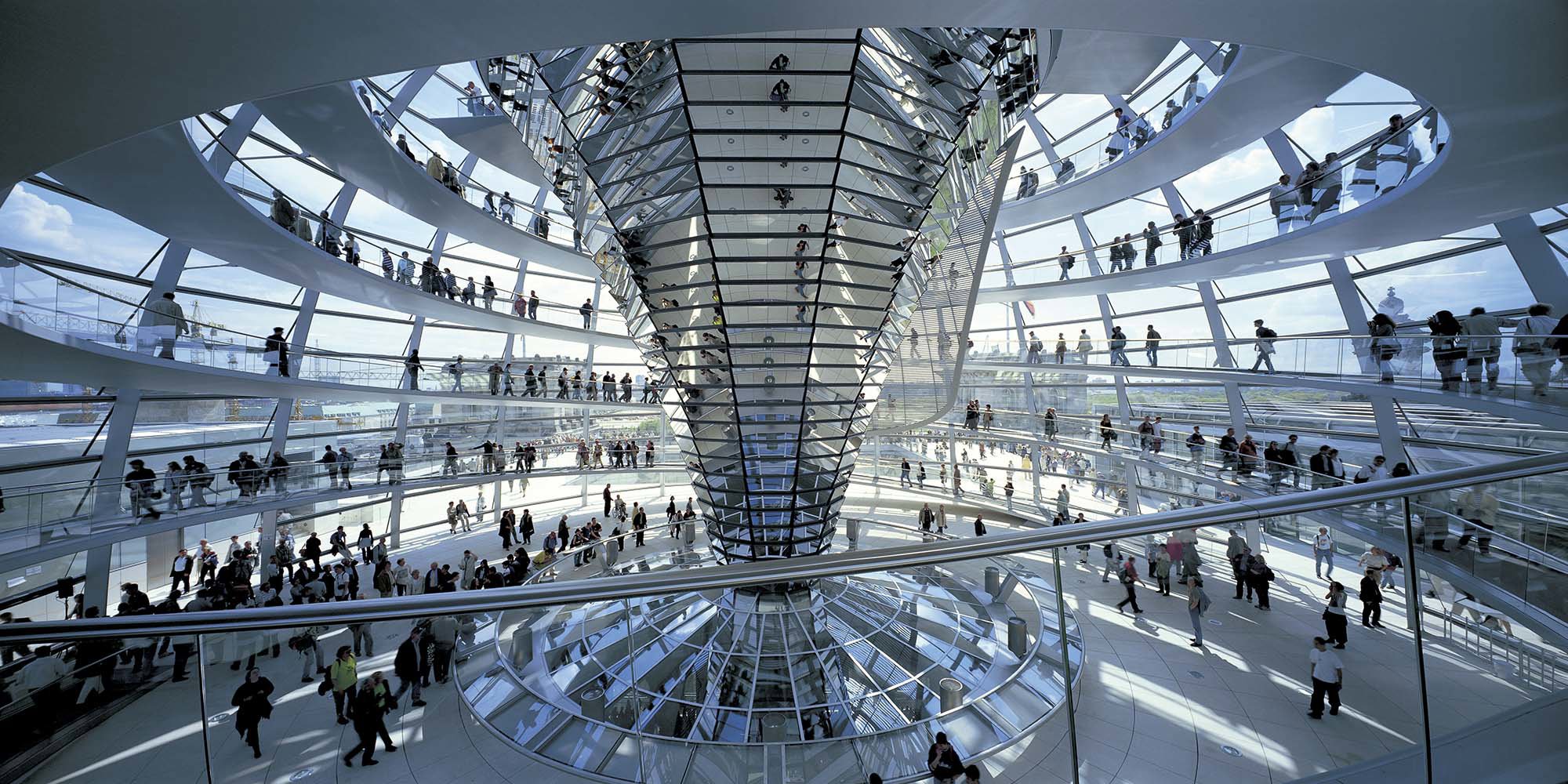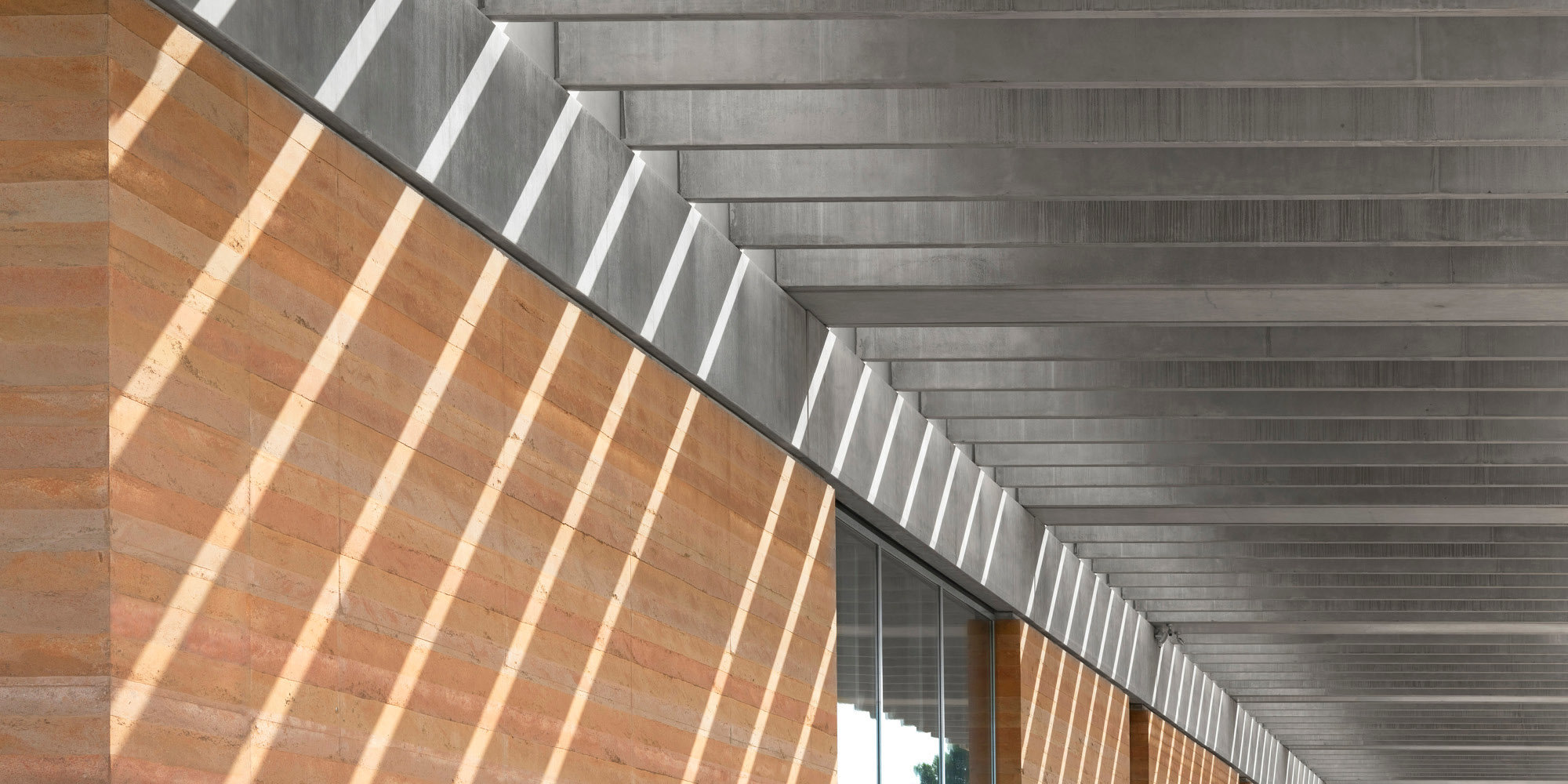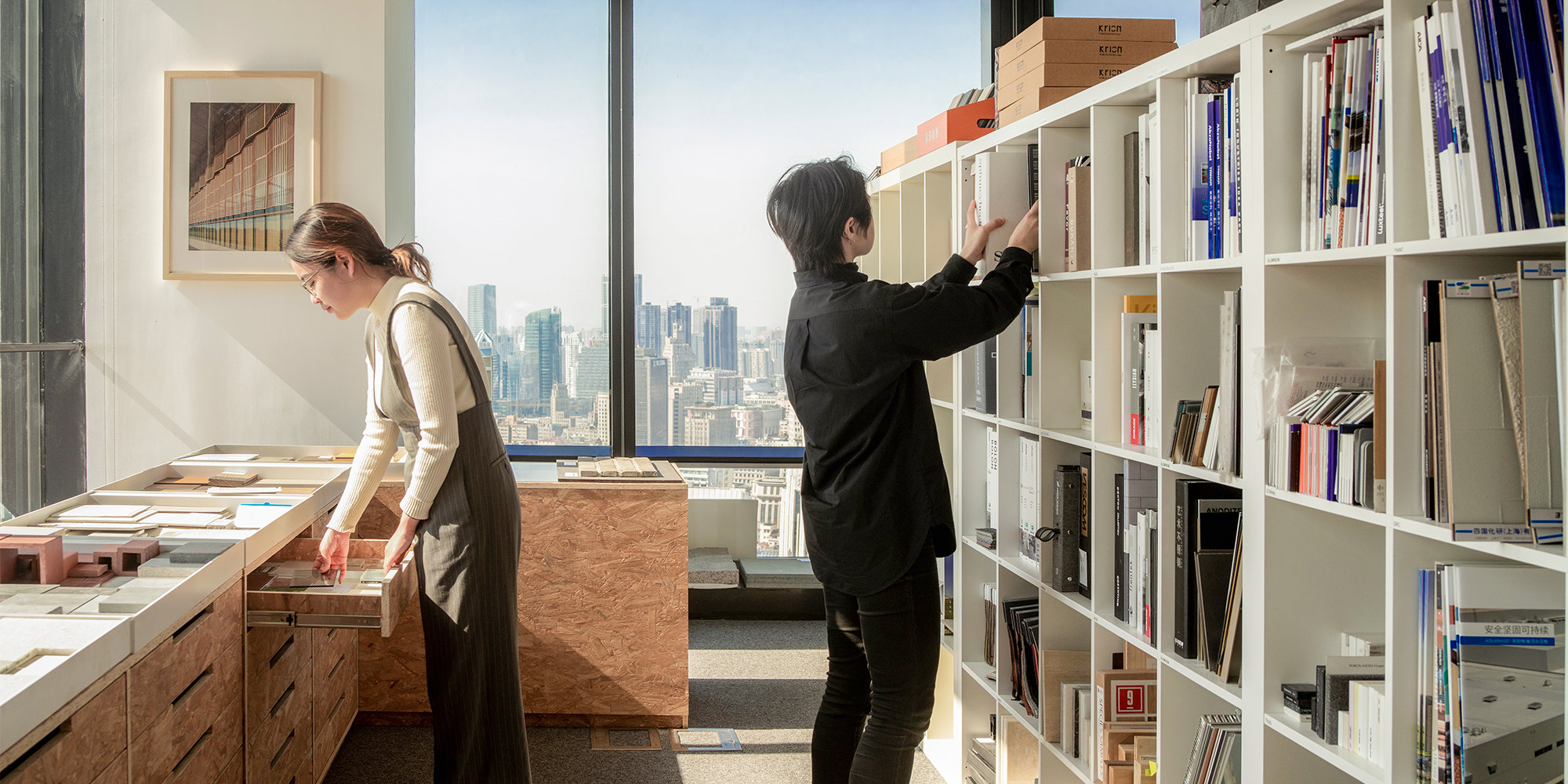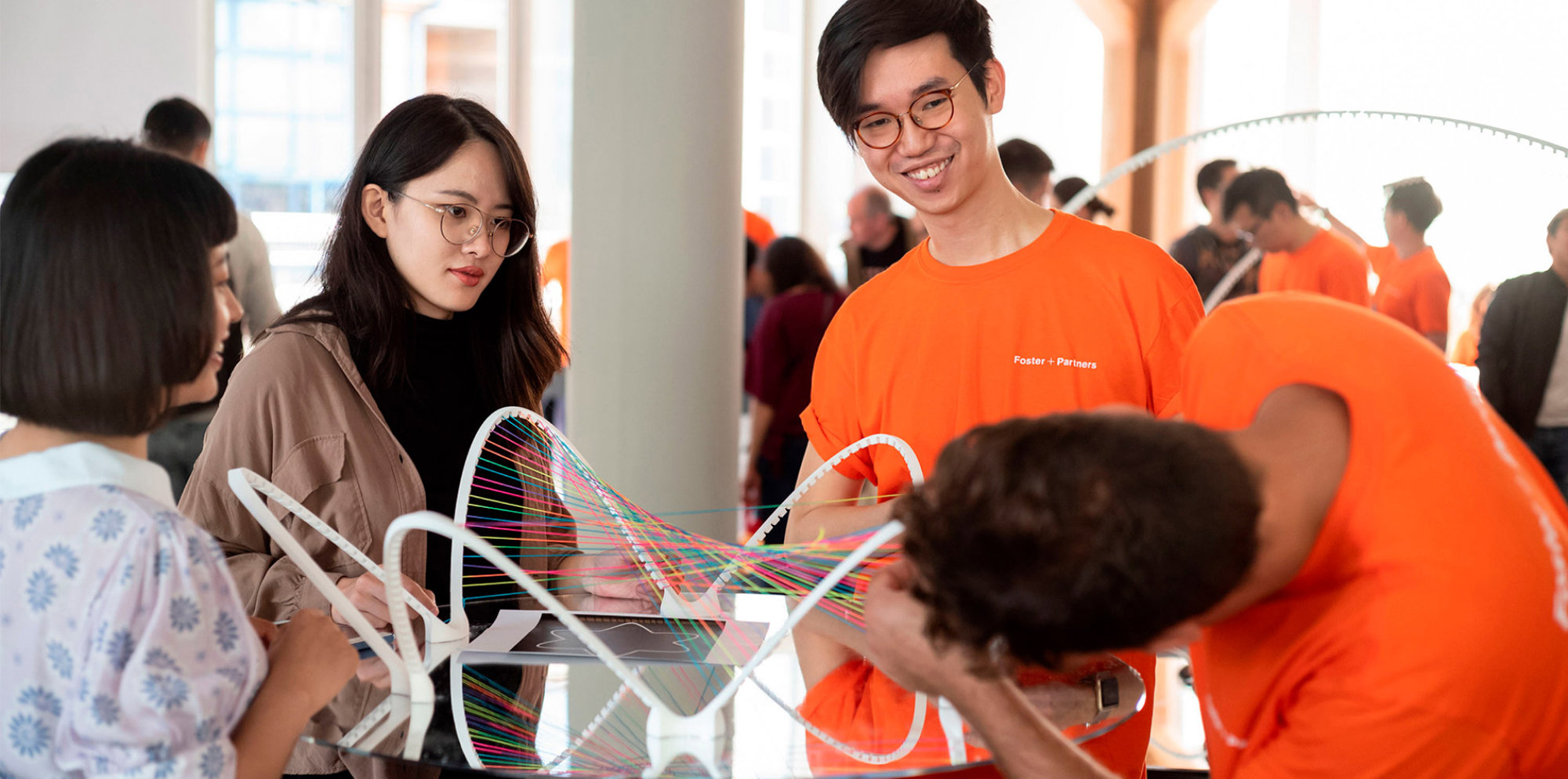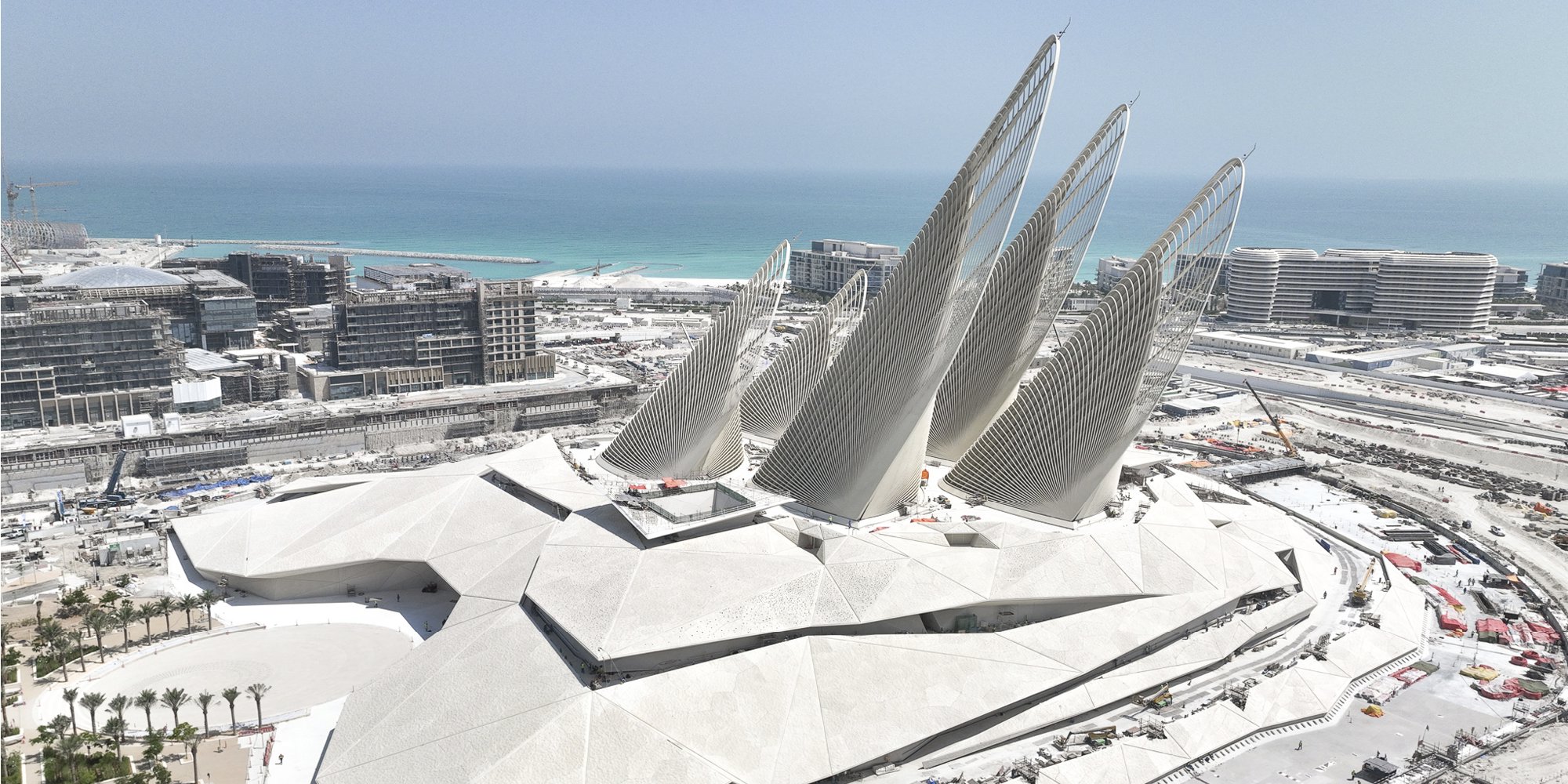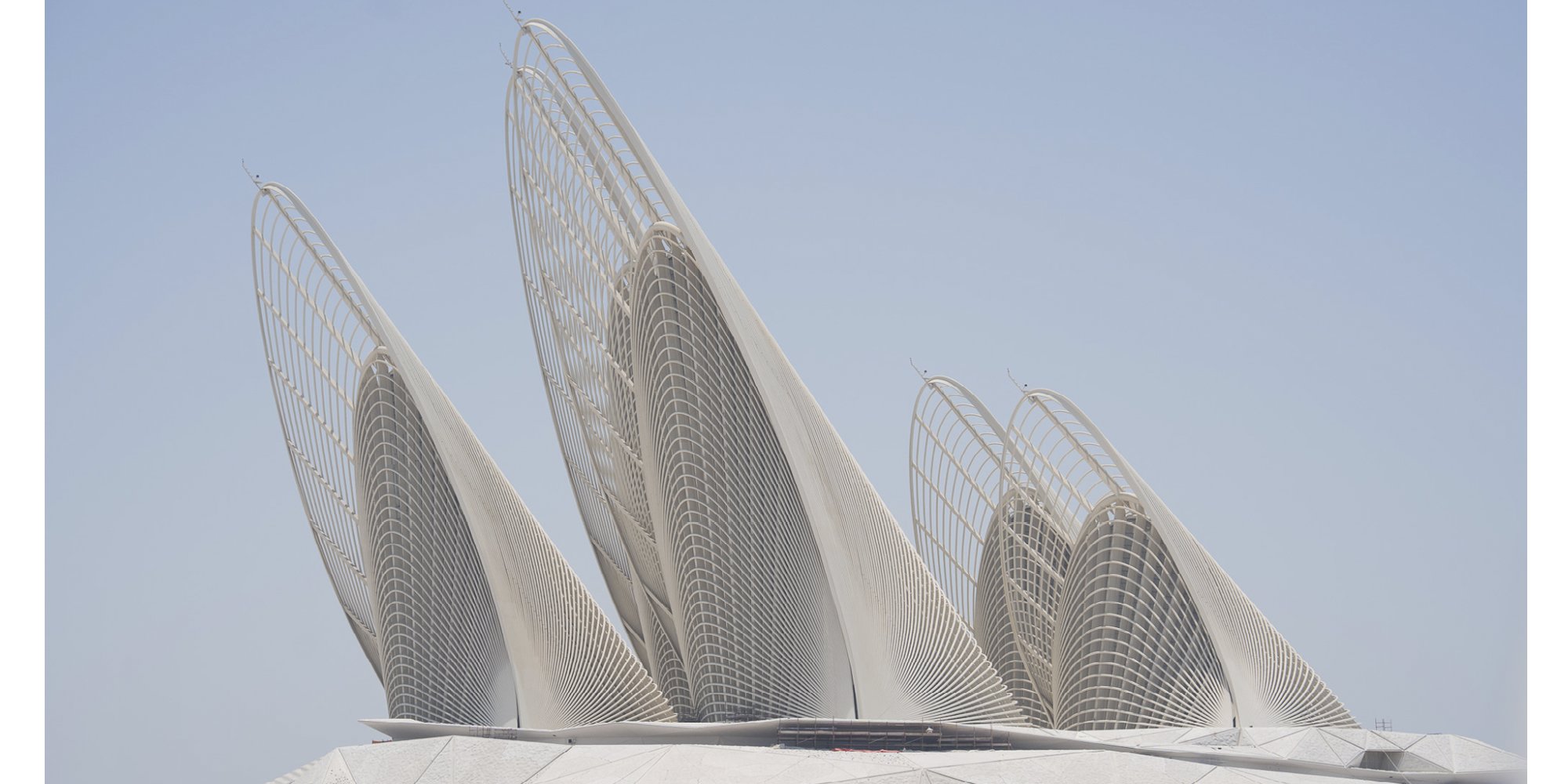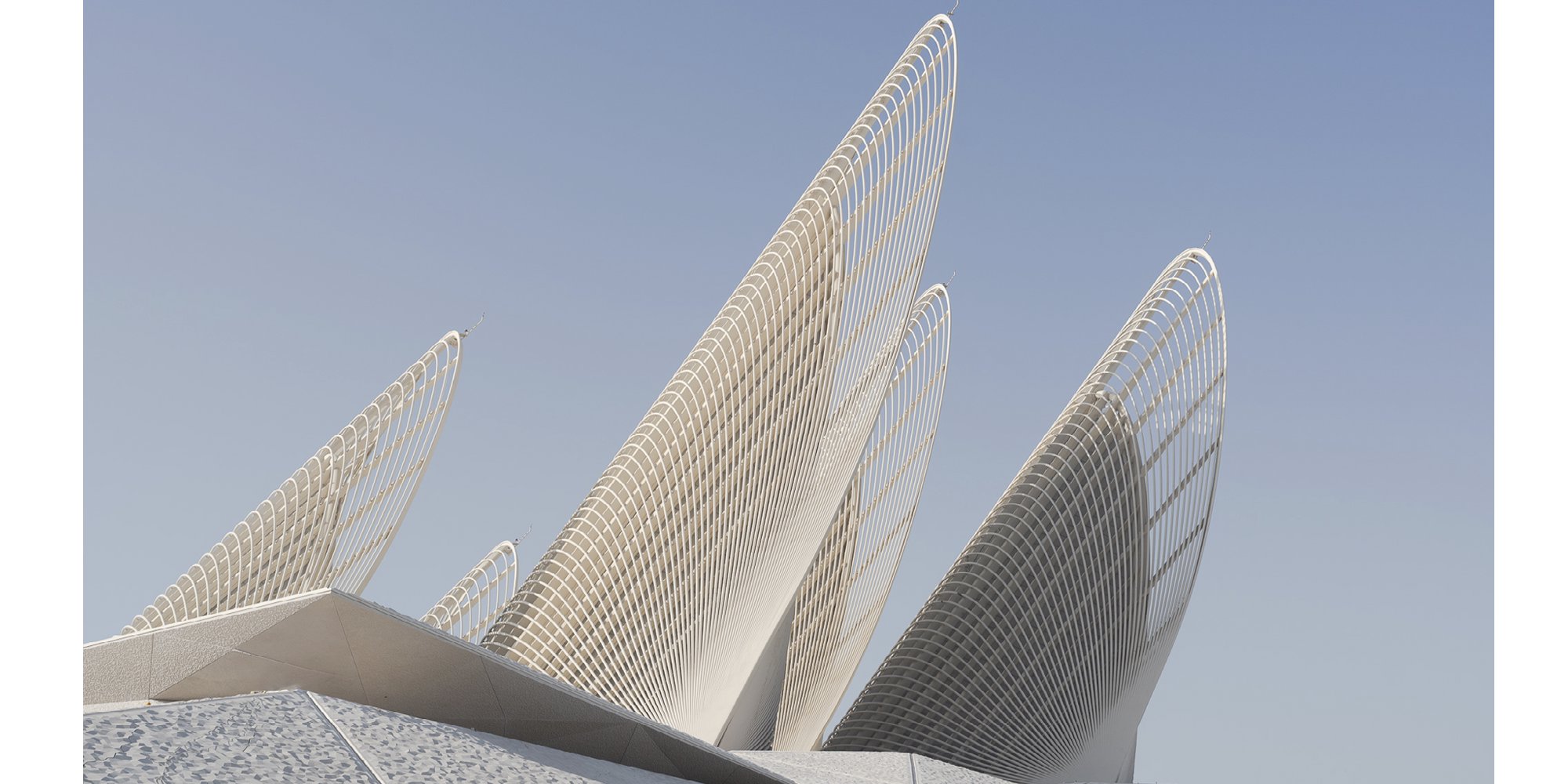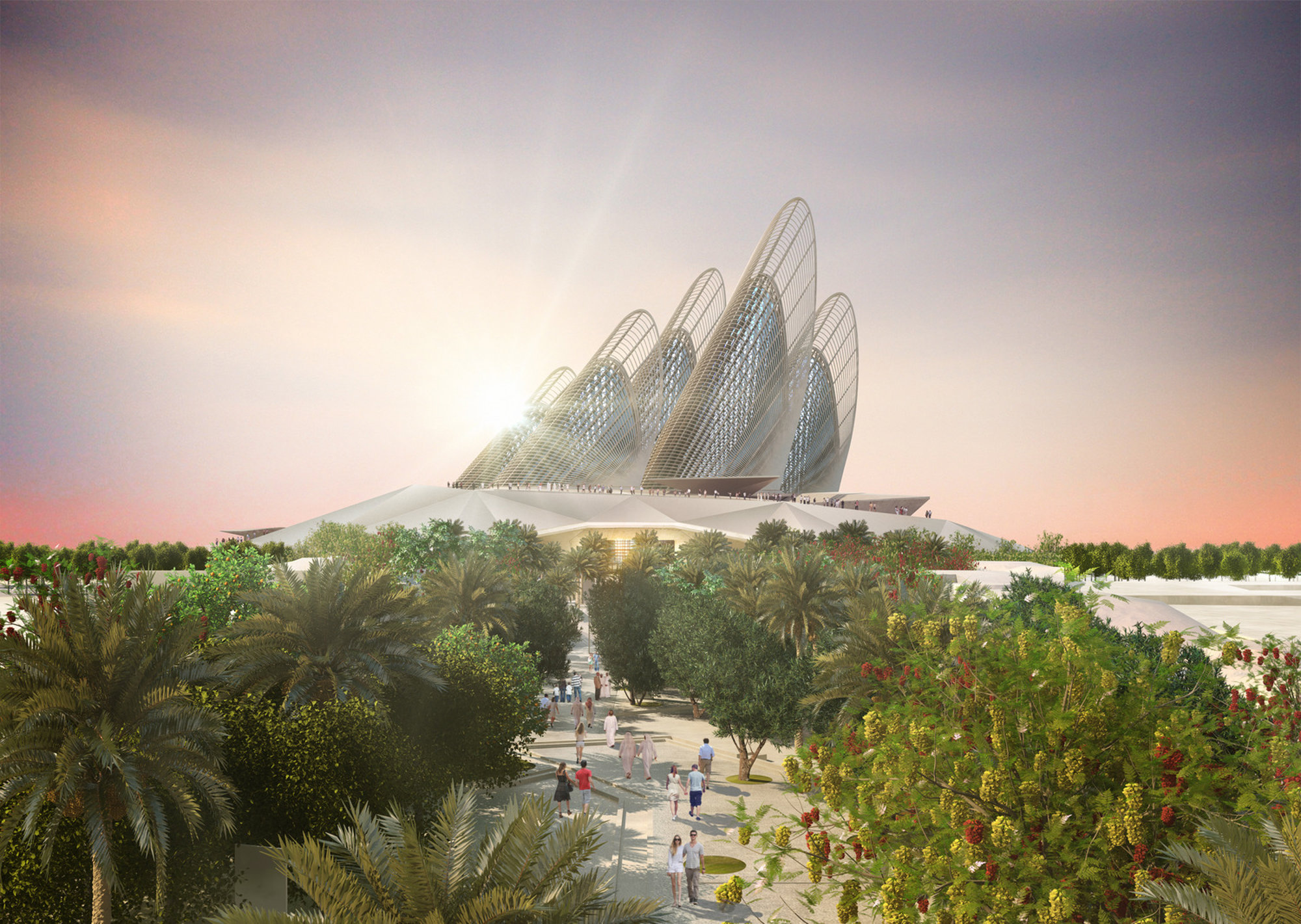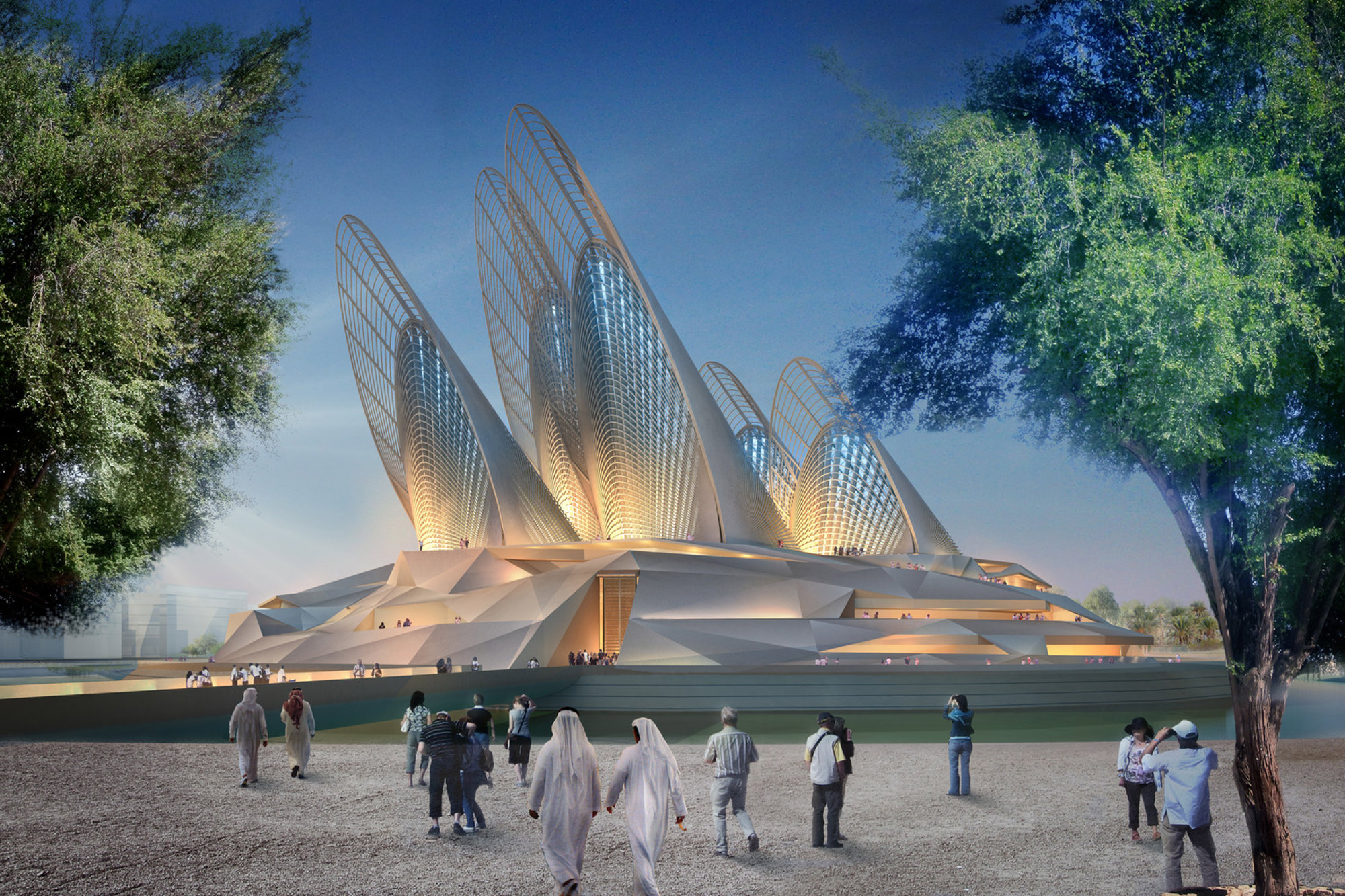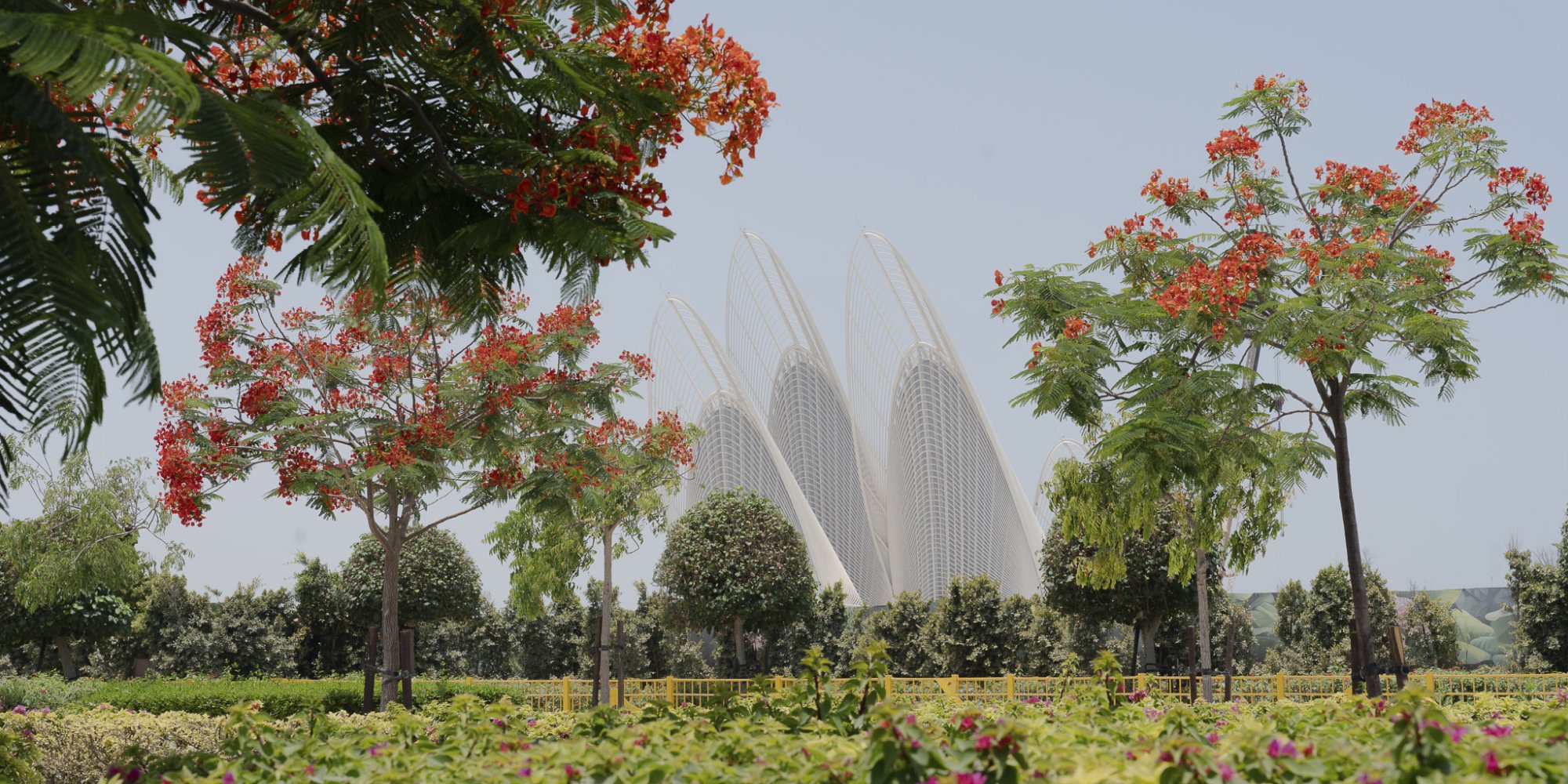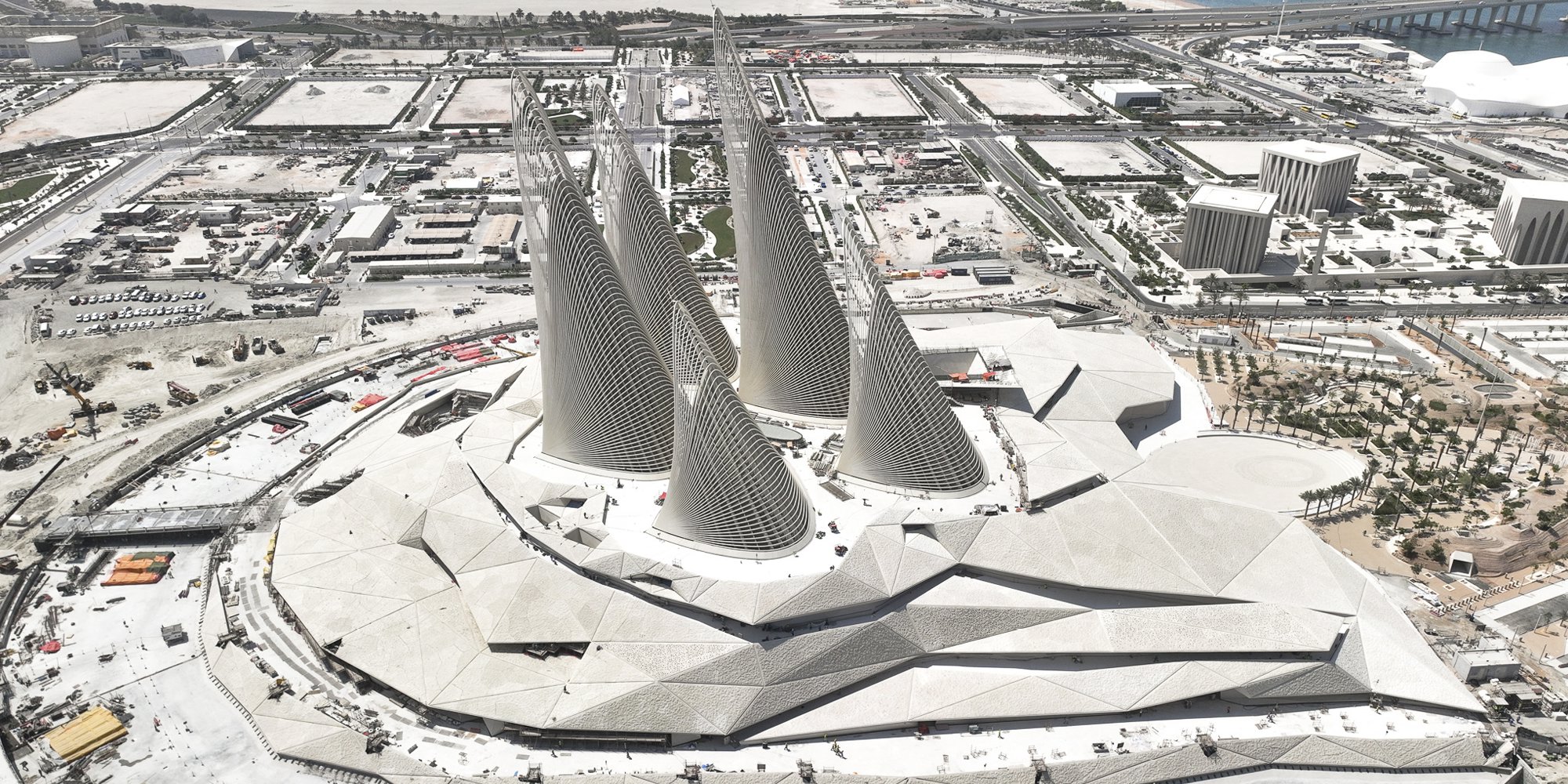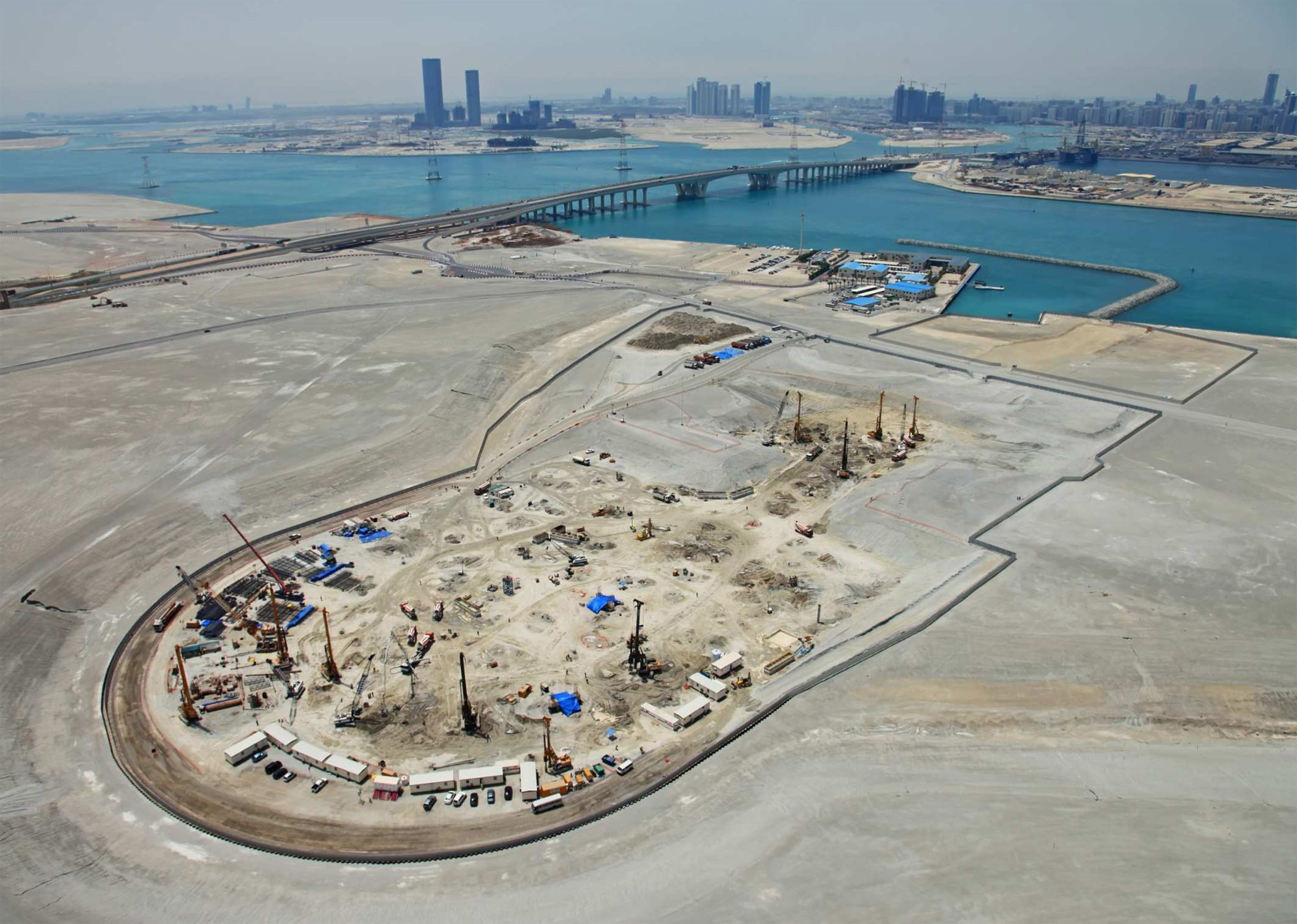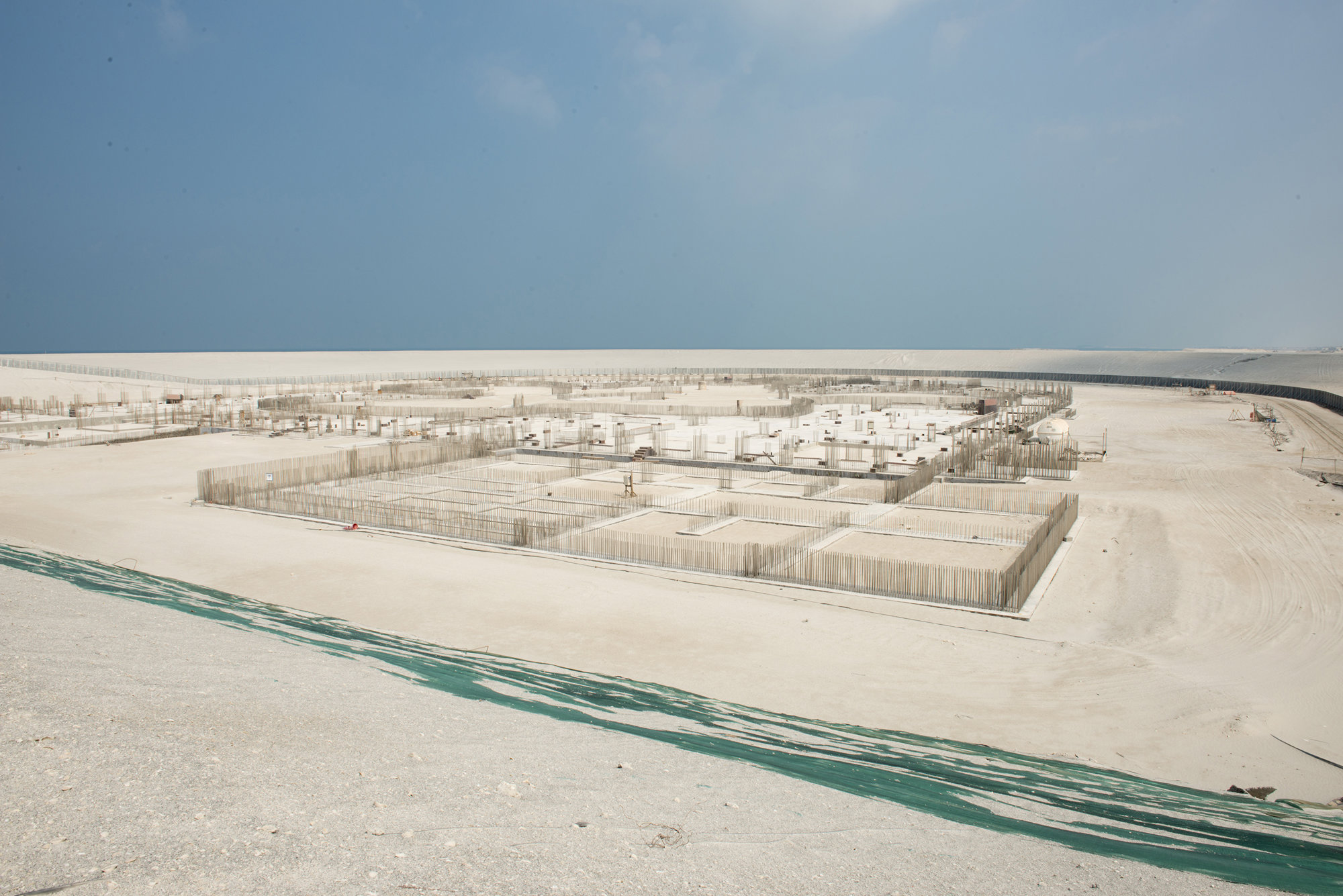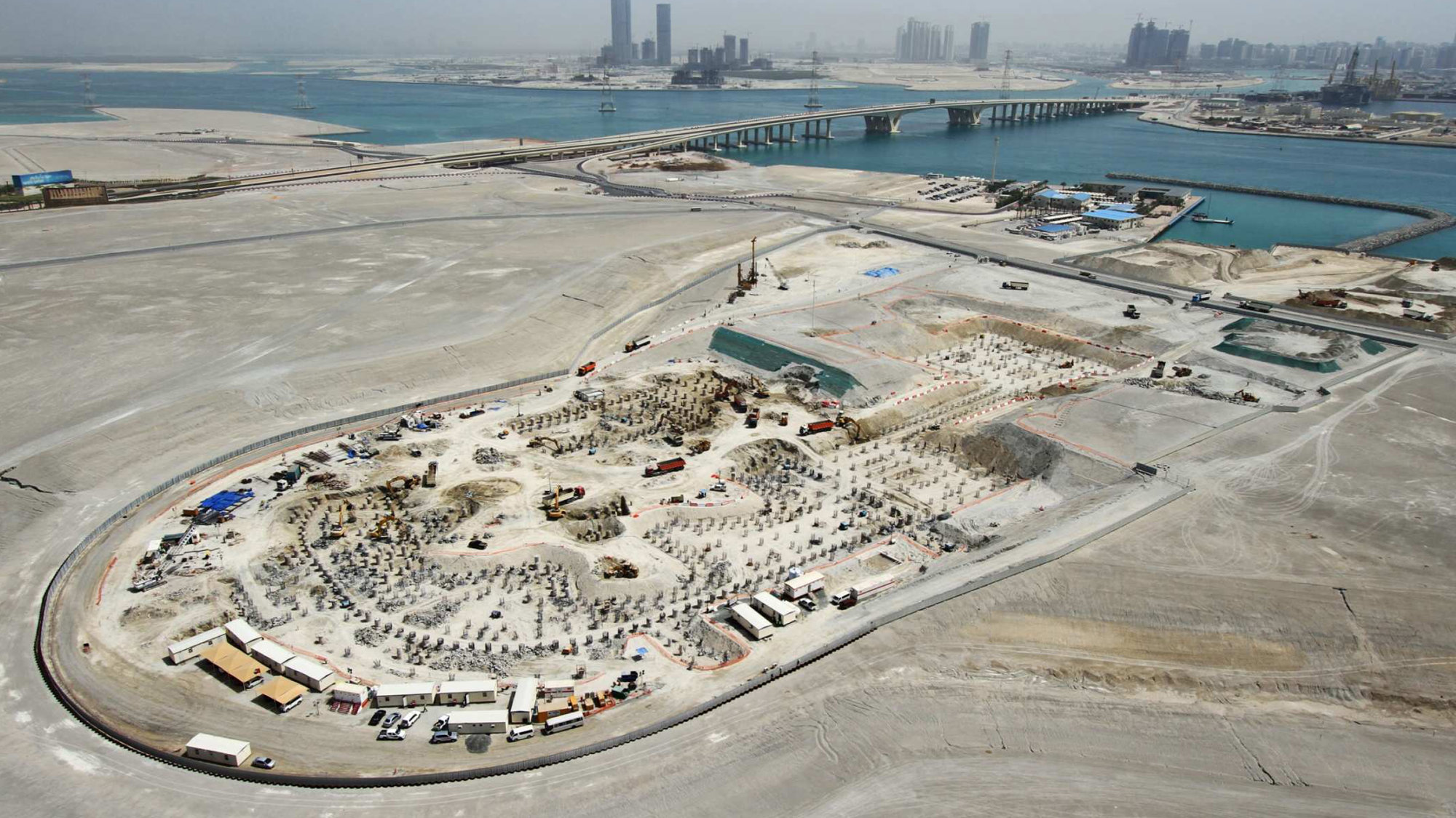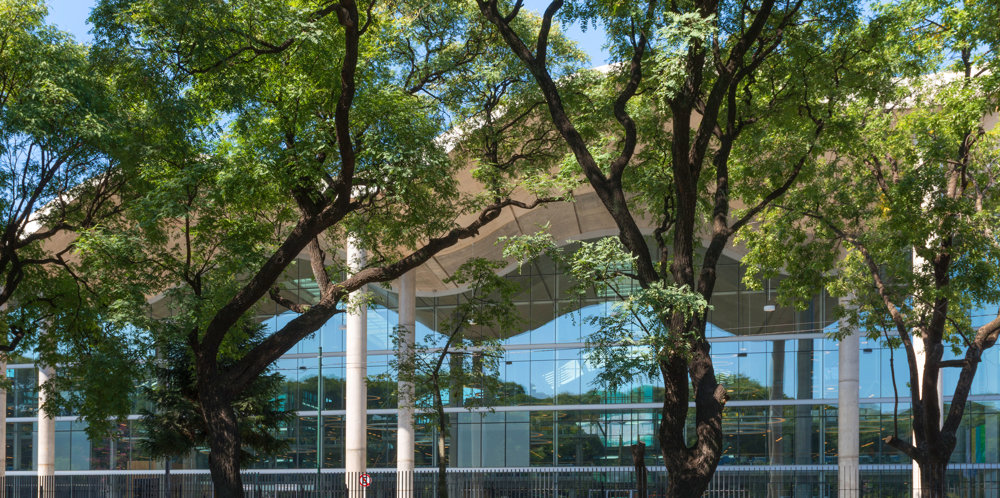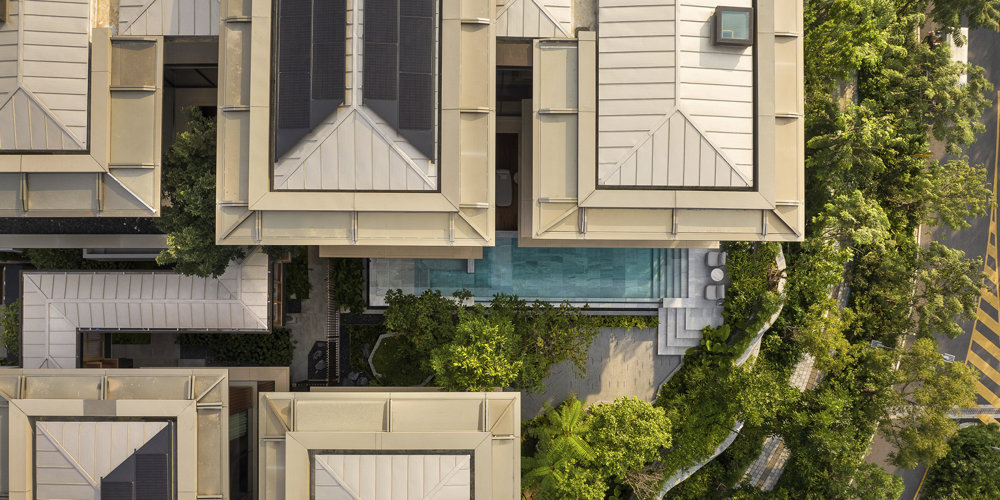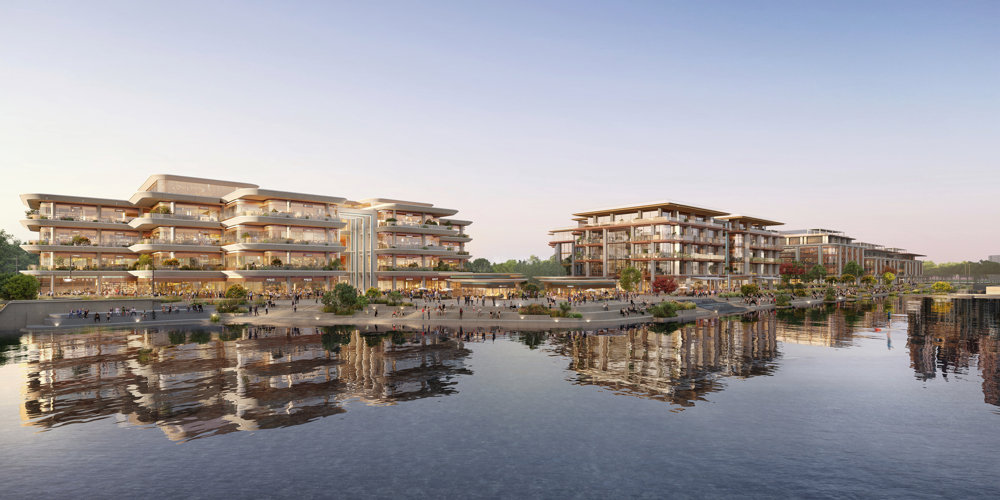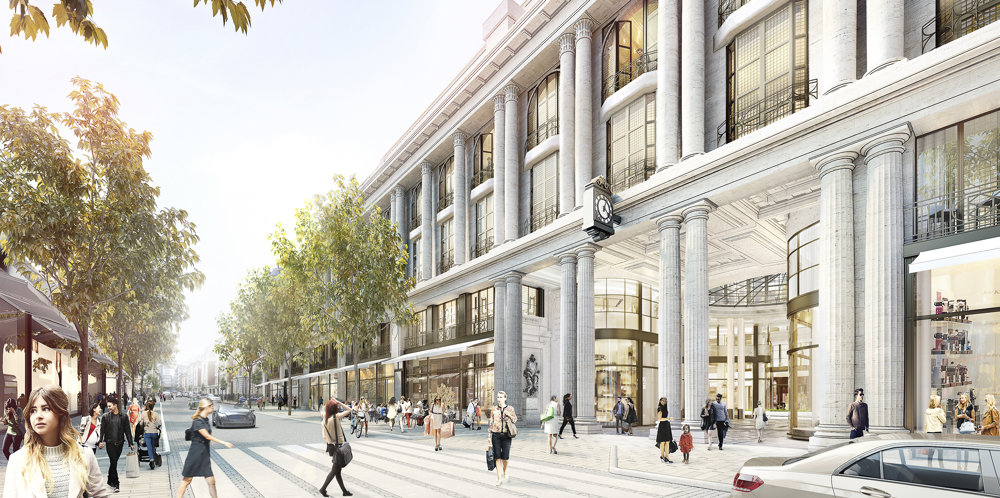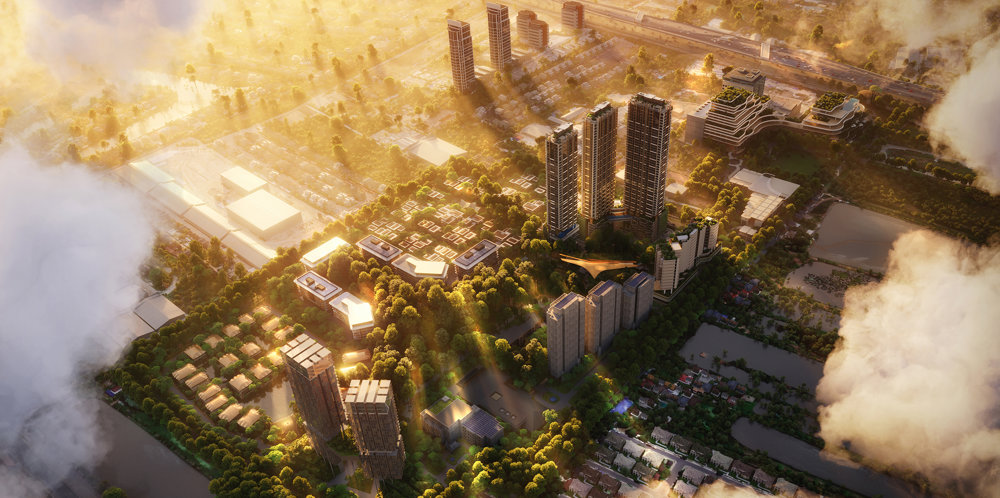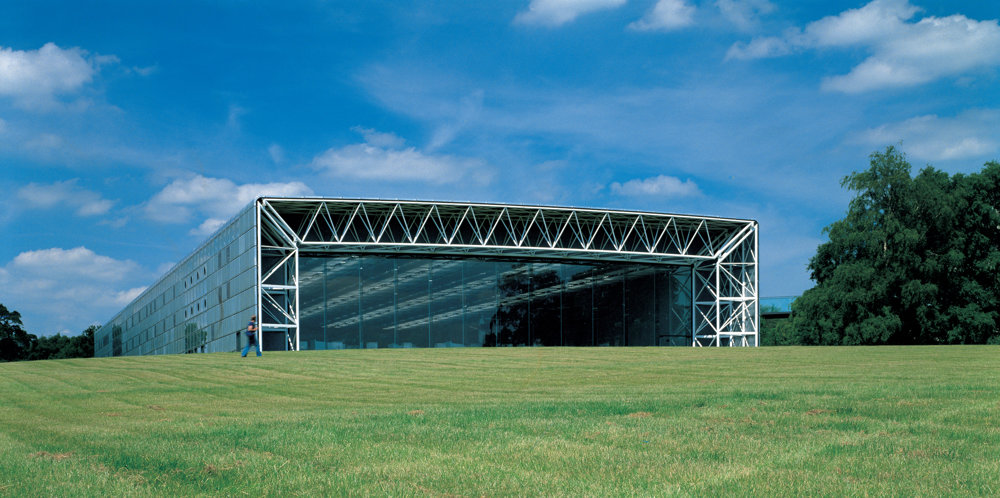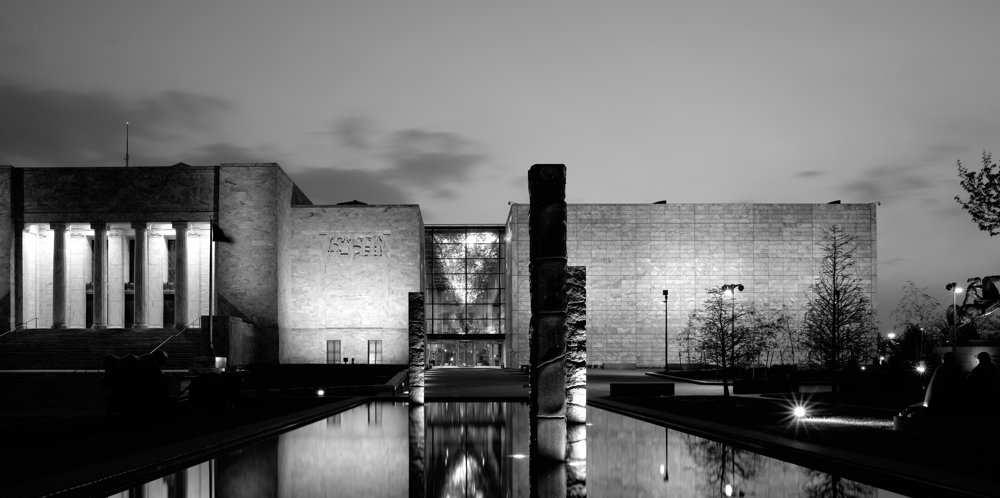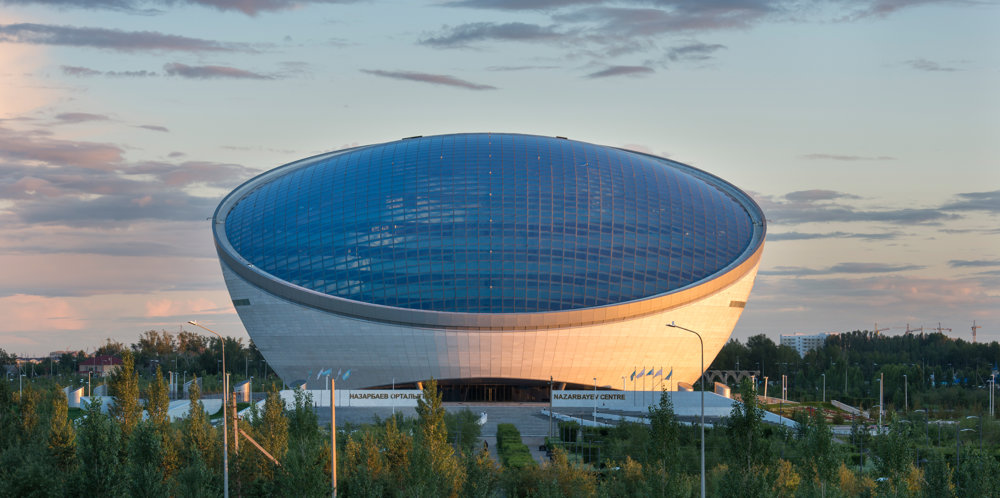Zayed National Museum, the national museum of the United Arab Emirates, is located at the heart of Saadiyat Cultural District Abu Dhabi. Guided by the enduring values of its Founding Father, the late Sheikh Zayed bin Sultan Al Nahyan, it is the most comprehensive source of information on the nation’s history and culture, tracing the story of this land from ancient times to present day.
The museum will be the centrepiece of the Saadiyat Cultural District in Abu Dhabi and will showcase the history, culture and, more recently, the social and economic transformation of the Emirates. Architecturally, the aim has been to combine a highly efficient, contemporary form with elements of traditional Arabic design and hospitality to create a museum that is sustainable, welcoming and culturally of its place. Celebrating Sheikh Zayed’s legacy and commitment to nature, the museum features a landscaped garden based on a timeline of his life, which physically links the museum to the coast.
The museum spaces are situated within a mound whose giant textured faceted panels are an abstraction of the topography of the UAE. Above this rise five lightweight steel structures, inspired by the rich tradition of falconry in the Gulf, and sculpted aerodynamically to act as solar thermal towers – a contemporary reference to the traditional climatically responsive architecture of the region. The air vents open at the top of the towers, taking advantage of the negative pressure on the lee-side of the profile to draw the hot air out from the atrium. Air that has been naturally cooled through pipes buried in the ground then flows into the atrium through a low-level ventilation system.
Balancing the lightweight steel structures with a more monumental interior experience, pod-shaped galleries are suspended over a dramatic top-lit central lobby, alongside are Zayed National Museum’s galleries and dining spaces which celebrate and reinterpret distinctive aspects of the UAE’s culinary heritage, while the museum’s shops sell products that have been created by local designers and artisans. The gallery ‘pods’ are controlled environments with conditioned air to protect the sensitive artefacts on display.
Throughout, the treatment of light and shade draws on a tradition of discreet, carefully positioned openings, which capture and direct the region’s intense sunlight to illuminate and animate these sculptural interior spaces. The colour of the interior and exterior spaces has also been chosen to match the distinctive warm-white shade of the Saadiyat Island sand.
